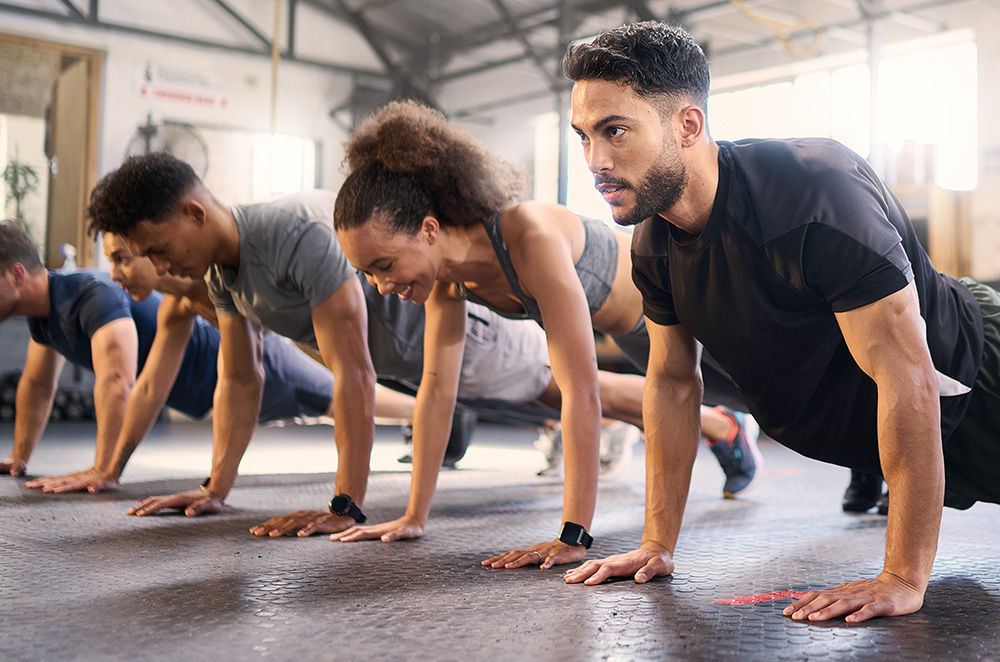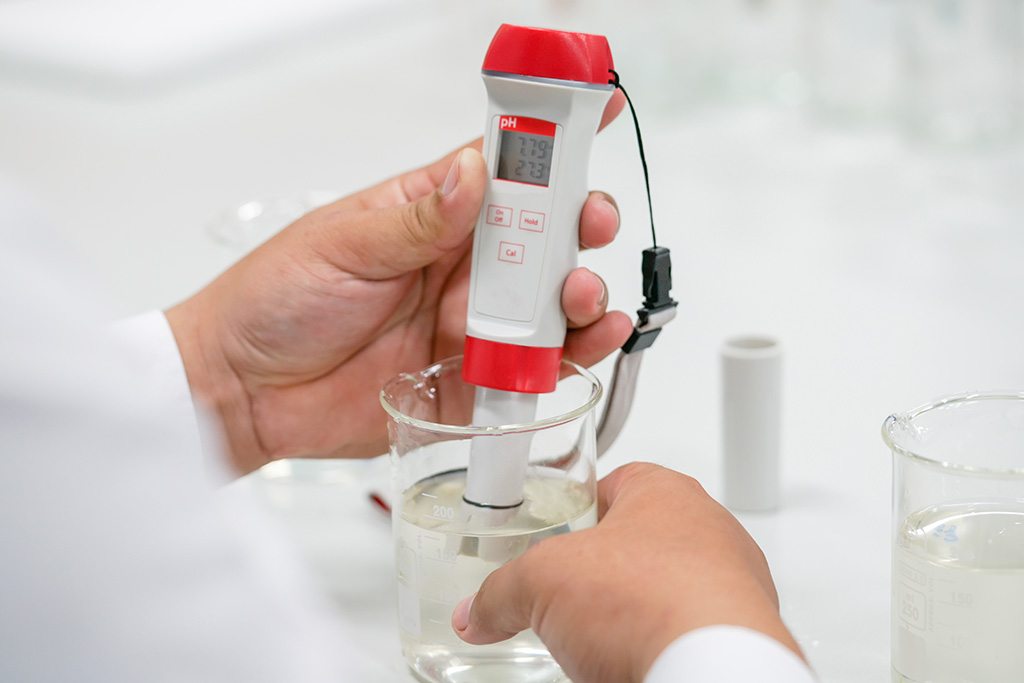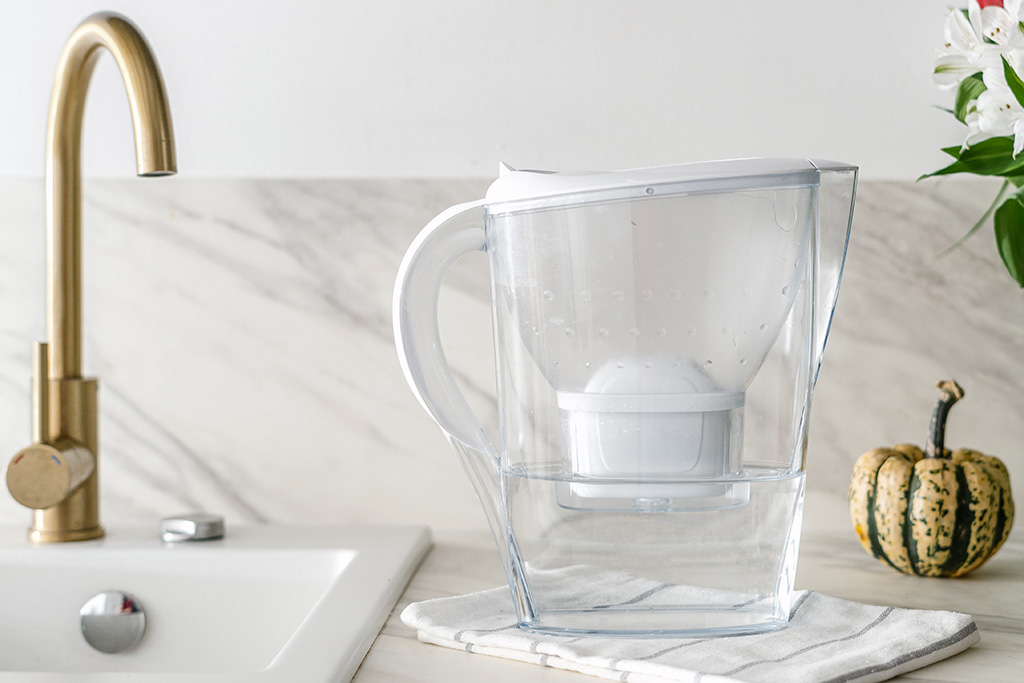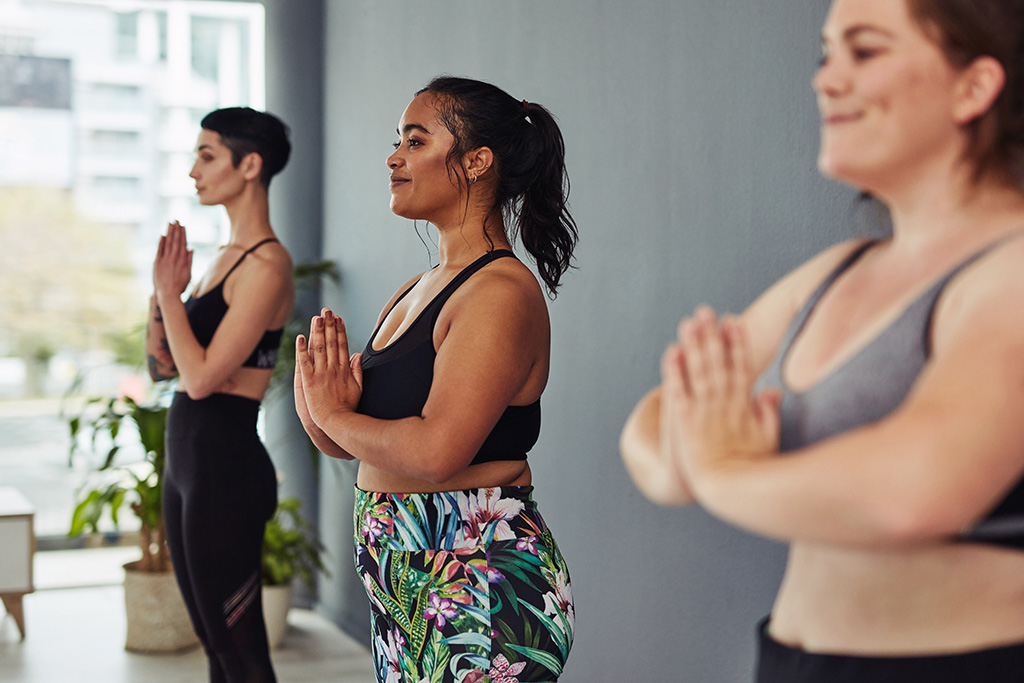Array
(
[0] => Array
(
[item_type] => phone
[content] => Array
(
[label] => Direct
[number] => 7027271969
[extension] =>
)
)
[1] => Array
(
[item_type] => email
[content] => Array
(
[label] => Email
[email_address] => info@carothersins.com
)
)
[2] => Array
(
[item_type] => website
[content] => Array
(
[label] =>
[value] => https://www.carothersinsurance.com/
)
)
)
?>
A bodybuilder loads up his barbell until it’s stocked with hundreds of pounds of pure iron. He unracks it and gets into position to try a challenging set of squats. So far, so good. But as he sits back, something feels off. His hips wobble, his knees buckle, and, in a moment of pure terror, the barbell tips to one side, nearly out of his control. “What’s happening to me?” he thinks, reflecting on his prowess at the gym. “My shoulders and biceps are strong. Why can’t I do squats?” Weighing the risk, he admits defeat and struggles to rerack his barbell. Phew.
Without sufficient core strength, even dedicated fitness experts can face limitations and extra challenges in just about every workout. That’s because there’s more to this pivotal muscle group than pure aesthetics, despite most people associating a strong core with six-pack abs. Made up of the abdominal, lower back, pelvic, and diaphragm muscles, a healthy core is the key to leveling up your fitness potential—and it can improve your day-to-day life more than possibly any other major muscle group can.
What core muscles do
Core muscles aren’t just for crunches or sit-ups. They affect your posture, your balance, and how you perform movements as simple as getting out of bed. Here are the key advantages of working core exercises into your workout routine.
Perfect posture
Healthy core muscles support the center of your body, enabling stability when you position yourself upright—whether you’re in motion or sedentary. While slouching may temporarily feel comfortable, this relaxed posture actually puts excessive strain on vulnerable areas like your neck and lower spine. Developing the aptly named postural muscles, or the central layer of core muscles that stretches across your lower stomach, teaches your body to align properly, which will support greater spine and neck health. Improve your core to sit, stand, and walk with a healthy, confident posture and reduce soreness.
Better balance
Healthy and developed core muscles also work to stabilize you, enabling more balanced and steady movements. Think of them as scaffolding that supports the center of your body. “A strong core keeps your torso in a more stable position whenever you move, whether you’re playing sports or just doing chores,” says sports medicine expert J. Christopher Mendler, MD, in Men’s Health.
Without this strong center, your body is less adept at maintaining stability. It offers more benefits than, say, standing on one foot with ease. Dedicating fitness time to core exercises can boost your balance to help prevent injuries from falls like knee or ankle sprains.
Advanced athleticism
Are you looking to elevate your performance in sports or at the gym? If so, keep in mind that many fitness activities rely on a powerful core. As you swing a tennis racket or swim laps, your core muscles act as the energy center that powers your movements. So the stronger your core, the more vigor you’ll have to push harder, jump higher, grip tighter, and make agile movements like a true athlete—all while protecting vulnerable areas such as your lower back.
How to strengthen your core
Your core muscles perform so many functions that you often use them without even realizing it. But everyday movements like getting out of a chair aren’t challenging enough to support a strong, healthy core. The following exercises can train these muscles to work harder and function in harmony, in turn offering noticeable improvements to your daily life.
Yoga
Low-impact and accessible to fitness beginners, yoga requires you to engage your core muscles as you move through challenging poses carefully and breathe intentionally. Consider visiting a beginner yoga class in your town or even streaming introductory courses on YouTube for guided instruction. Practice often to enhance your form in classic poses like downward dog and bridge, honing your core strength in the process.
Side bends
This classic core workout, which develops your oblique muscles (the sides of your torso), is challenging, but it’s also quick to do and easy to incorporate into your daily routine. To perform side bends, get into a push-up position with your hands under your shoulders. Next, turn your torso to face left, pivoting onto the side of your right foot with your left foot stacked on top or braced on the floor just in front. Keep your right hand on the ground, and place your left arm against your side. Engaging your core, dip your hips down, then lift them up; don’t let any part of your body touch the ground except your feet and right hand. After multiple reps, repeat this exercise on the other side with your left hand and foot against the ground.
Running
This aerobic activity pushes your core muscles, including the obliques and the rectus abdominis (the “six-pack” muscles), to work their hardest. Running regularly can teach your core to stabilize your spine and transfer more power to your arms and legs. Even better, this exercise is simple and easy to start. “With running, there’s not much of a learning curve like there might be for other fitness activities,” says exercise physiologist Janet Hamilton at Shape.com. “Because running is such a natural motion, if you don’t overthink it, your reflexes will just kick in.” As a bonus, this aerobic exercise burns fat, so the results of your core work will be more visible.
These are just a few examples of exercises that can help you build stability, strength, and endurance in your core. You may find yourself trying different exercises before developing a routine that you enjoy and can stick to, but any time invested in core health will offer transformative results that you will see and feel.
*Talk to your doctor before starting any new exercise regimen.





























